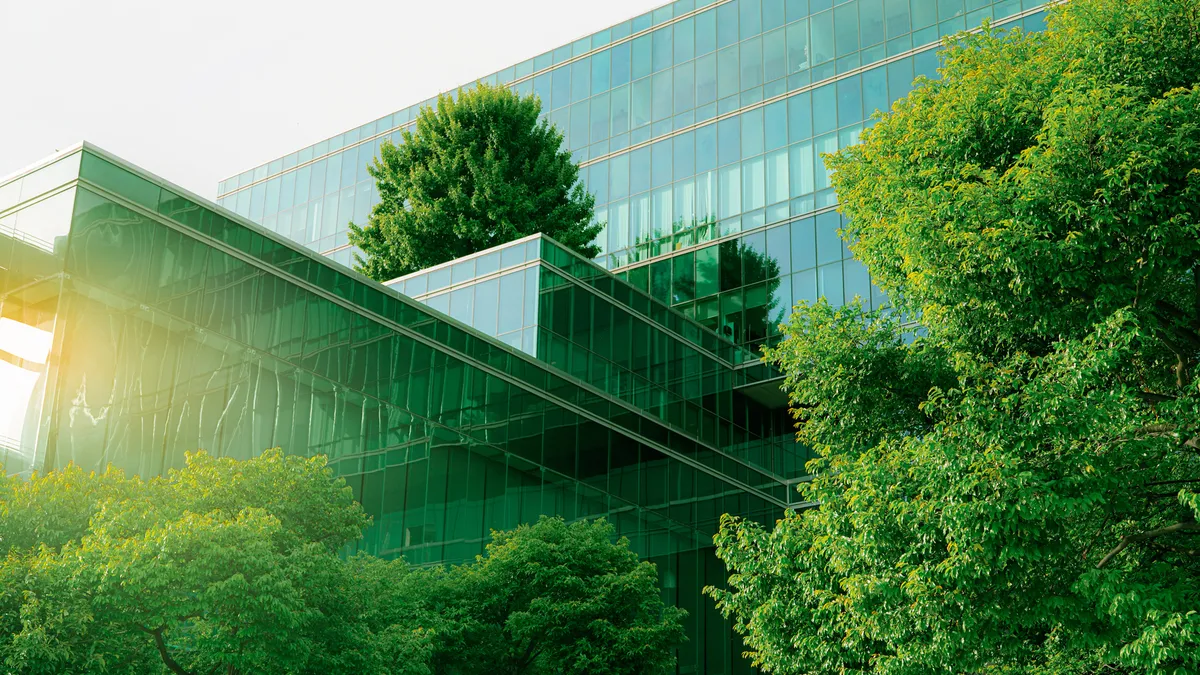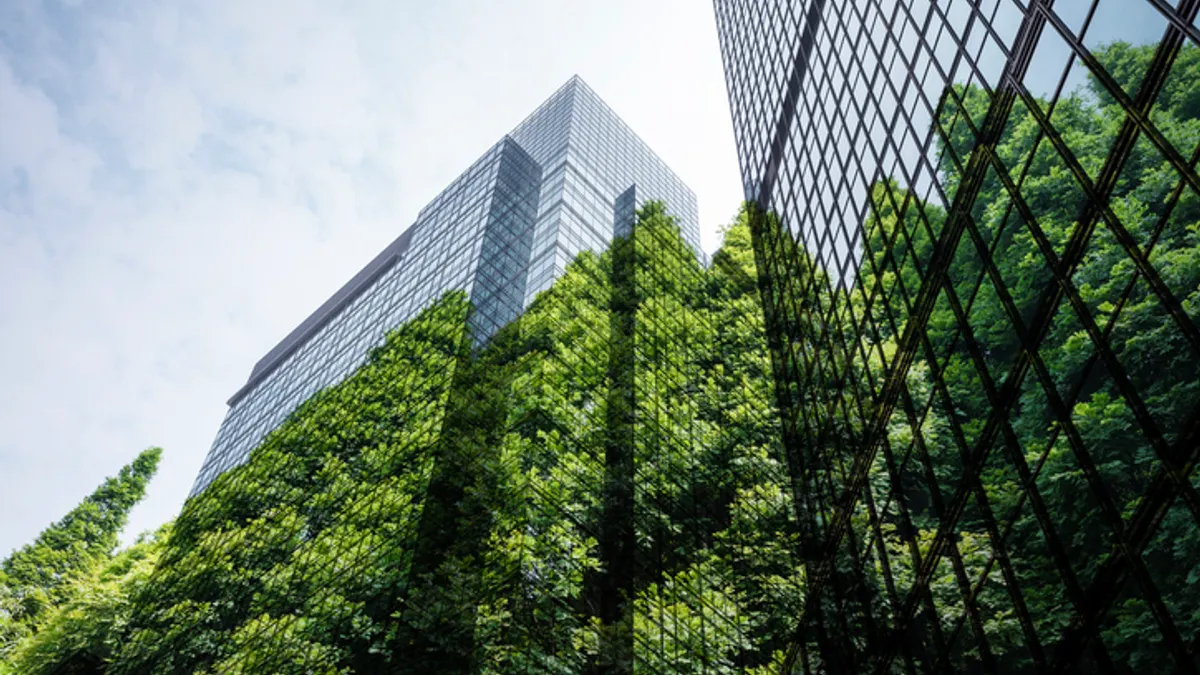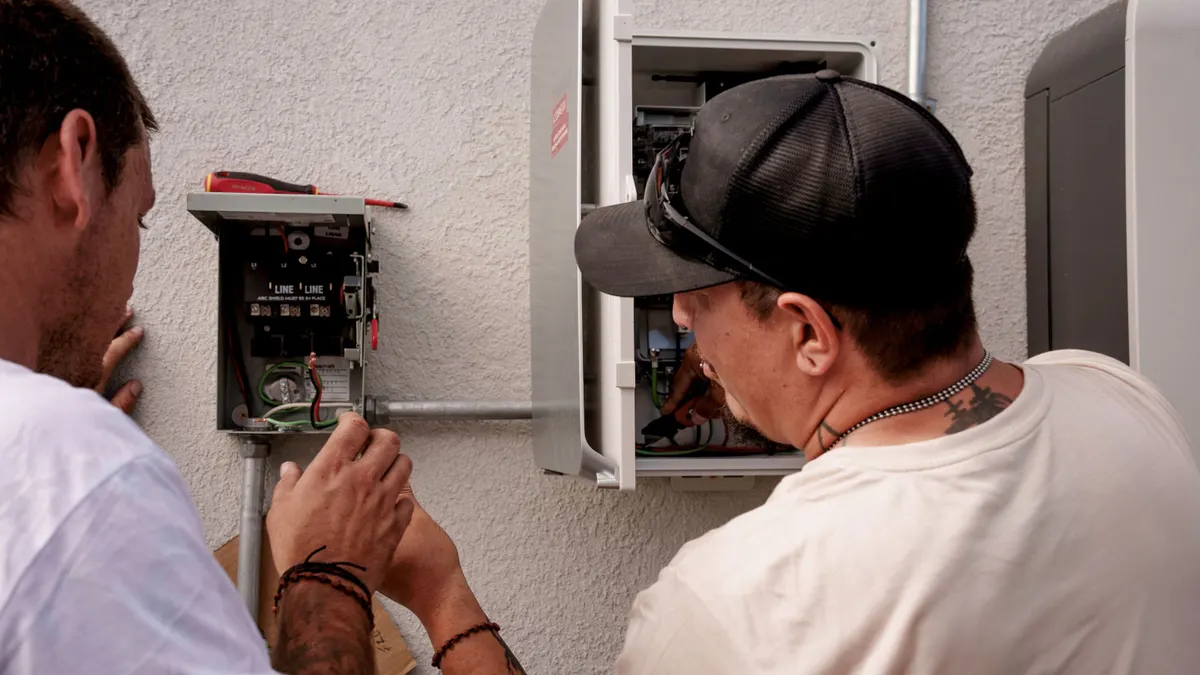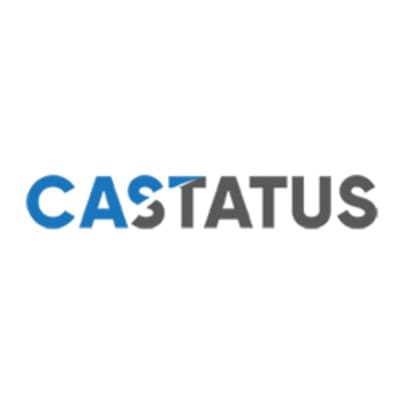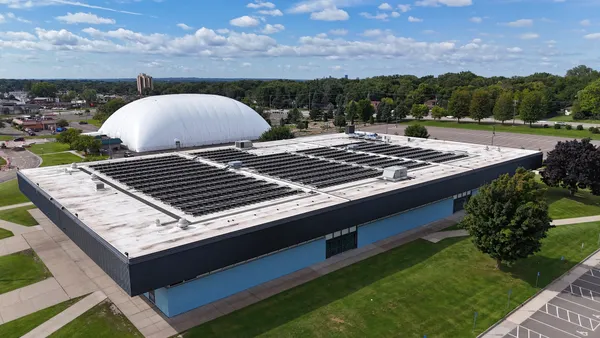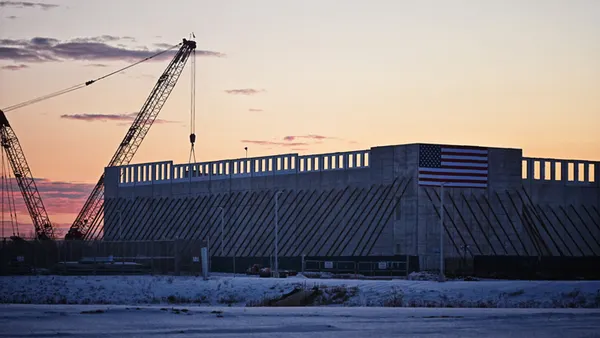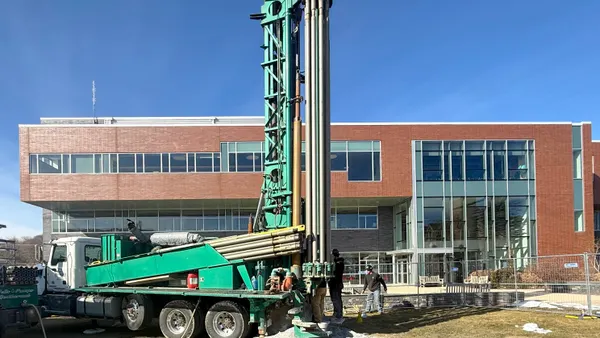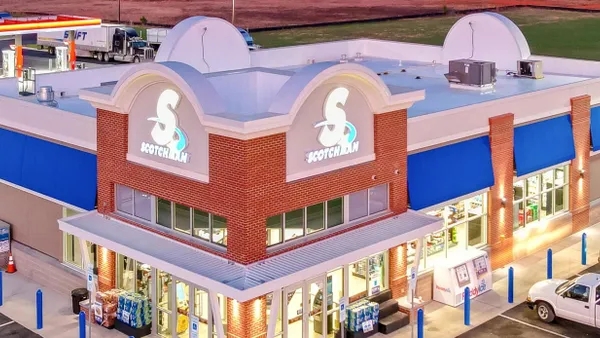In June, the International WELL Building Institute, which provides certifications for health and well-being in buildings, announced that a streamlined pathway for projects pursuing both LEED and WELL certification has seen rapid uptake since being unveiled in April 2023. Total project space using the pathway more than tripled in less than two years, from 80 million to 250 million square feet, the organization says.
The pathway is the result of a partnership between IWBI and the U.S. Green Building Council, which operates the building sustainability-focused LEED. It streamlines documentation for projects pursuing both certifications at the same time or that have already earned one of the certifications.
More than 100 projects spanning 15 million square feet have achieved both LEED and WELL certifications using the pathway, reflecting a strong rise in global demand for the streamlined certification process, IWBI says.
“Better alignment between rating systems is critical to enabling building owners and project teams to pursue ambitious goals and demonstrate exceptional commitment and leadership in the built environment,” Peter Templeton, president and CEO of USGBC, said in a statement.
That alignment is evidenced by LEED v5, the latest version of the green building certification.
LEED for Building Operations and Maintenance, or O+M, which applies to existing building projects focused on operational improvements, has about a quarter of its 26 points dedicated to indoor environmental quality, a key component of occupant health and well being.
The easier path to obtain certifications centered on health and well-being is in contrast to tougher requirements for obtaining the highest level of green certifications.
The new LEED v5, for example, has increased the number of certification points allocated to carbon-cutting measures.
“LEED v5 puts greater focus on sustainable building operations, Annalise Dum, senior vice president of sustainability at JLL, said in an analysis. “Credits for plans to improve performance, alongside new categories for resilience and human impact, indicate the shift towards longer-term, dynamic sustainability measures.”
There was also a large push to add support for operations and maintenance staff, Kat Wagenschutz, director of existing buildings at USGBC, told Facilities Dive.
“We made some shifts as far as there’s an operations assessment and policy, and we added a prerequisite for human impact,” said Wagenschutz. “There’s [also] a credit for ensuring worker safety and training. We’re not just looking at resource efficiency. There is a strong health component that is reflected in O+M in the points weighting.”
Market emphasis on operational performance is increasingly driven by the demands of corporate tenants who are seeking space that support their net-zero commitments, JLL says in its analysis.
Measures needed to obtain certification under the newest versions of LEED, and other rating systems like BREEAM – a UK sustainability assessment certification – may increase upfront costs and technical complexity, JLL says.
“We wanted to define Platinum [the highest LEED level] not only by achieving 80 points, but that these projects are really leaders in the areas of decarbonization and energy efficiency. So you’ll see that in the rating system,” Wagenschutz said.
For example, both LEED and BREEAM award points for advanced, more expensive HVAC systems that can adapt to changing energy demands and reduce operational carbon emissions; they also recognize the use of more environmentally friendly construction materials with lower embodied carbon footprints, requiring organizations to “rethink procurement strategies to source new equipment and materials,” JLL says.
But the pay-off is substantial and must be considered alongside capital expenses at the onset of projects, JLL says.


